For all that I admire its art-historical importance and visual daring, post-war abstract art, particularly the hard-edged kind, often leaves me slightly cold. So I wasn’t sure what I would make of John Golding’s paintings at Kings Place. The art historian, teacher and artist argued persuasively in print for the significance and meaningfulness of abstraction, most famously in his book Paths to the Absolute (2000). It turns out he is just as eloquent in paint.
‘Finding the Absolute’ is the inaugural exhibition at Piano Nobile’s new ‘concept space’. The Kings Place premises – big, white-walled, and open to a large public – could hardly be more different from their quiet headquarters in residential Holland Park, and Golding’s work is a good match. The paintings on display are large, bold and colourful enough to catch someone’s attention en-route to the Music Foundation (which is collaborating with Piano Nobile on an associated events programme), but they’re also subtle enough to hold that attention. They share a simple palette (deep indigos, blacks and browns; clean reds, oranges and greens; hazy mauves and mottled sky blues) and a certain type of composition, in which rectangles of pale, shifting pastels are laid over darker, flatly painted interlocking shapes. The effect is that of looking through a window – think James Turrell’s skyspaces, in paint. They ‘aerate the canvas’, to borrow Charlotte De Mille’s words from the catalogue, and invite the viewer to take a closer look.
It’s then that the canvas reasserts itself. Up close, masked edges and redrawn lines are revealed just under the surface, so instead of cutting through the composition, the palest sections are shown to lie on top. Golding’s changing handling of paint also becomes apparent – in some sections it is carefully uniform, pulled vertically and evenly downwards, while in others it is blended into softly muddled layers. Whichever bit you focus on, you get a sense of the measured, studious attention he must have paid to the task of putting brush to canvas. It seems meditative.
Several of the works form pairs or triptychs. Again, it takes a little time to spot their peculiarities, to note the altered angles and flipped shapes, and to consider how completely a colour change can affect the mood of a work. Three of the canvases, for example, present similar compositions in which thin curved forms jut into an otherwise blank ground. They’re painted in different hues (blue on blue, red on pink, green on blue) and I, for one, shuffled through the various possible allusions (sea waves, dunes at sunset, the coast) before settling on none of them.
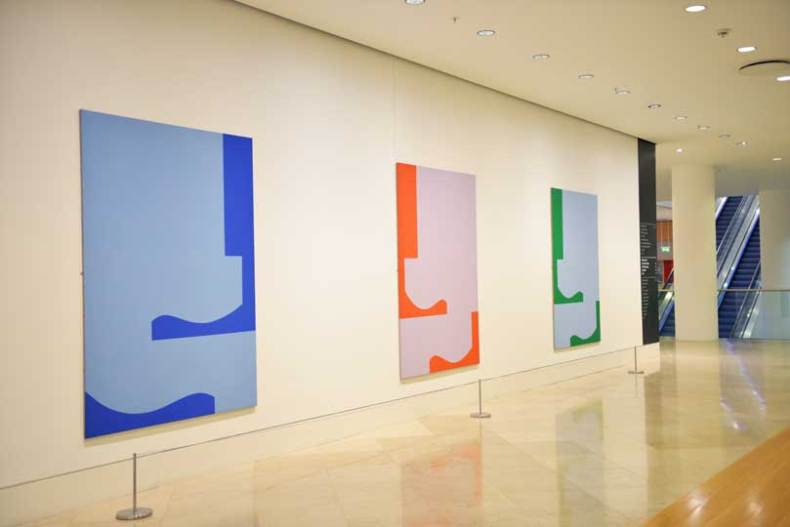
Installation view ‘Jon Golding: Finding the Absolute’ at Piano Nobile, Kings Place (2015) © Jon Adams
These paintings come alive in series, when the viewer can approach them with the sort of sustained focus that is inherent to Golding’s method. It’s hard to say how they would fare individually – and I did wonder, as I left the gallery, whether my ‘problem’ with some abstraction is really one of display. Co-opted into a wider narrative of abstract art – as so many artworks are, in encyclopaedic museums and special group exhibitions around the world – his deliberate brushstrokes might appear incidental, each painting’s peculiar tone drowned out by that of unrelated neighbours.
The paintings at Piano Nobile date from the 1960s but were found only recently, rolled up in Golding’s attic. Golding may have been a master at writing art into history, but ironically I think these paintings benefit from sitting slightly outside of it, and work best as an isolated group. It’s enough to know that he took the time to make them, and to take time to figure them out.
‘John Golding: Finding the Absolute’ is at Piano Nobile, Kings Place, until 4 April.
Unlimited access from just $16 every 3 months
Subscribe to get unlimited and exclusive access to the top art stories, interviews and exhibition reviews.

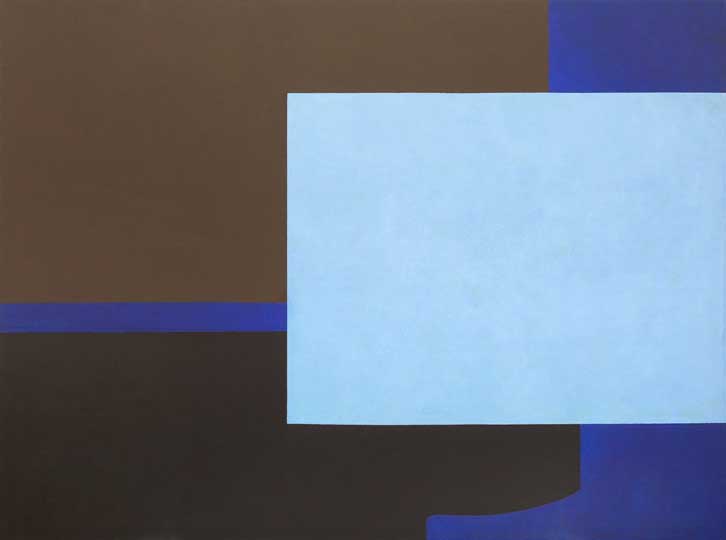
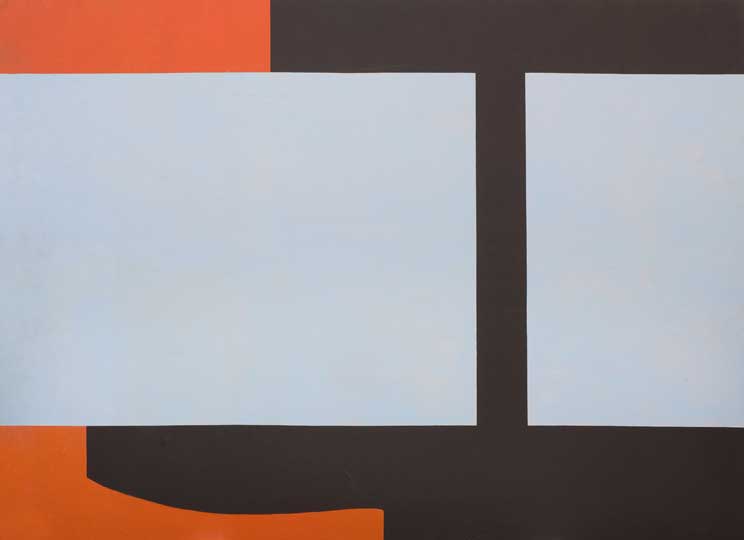
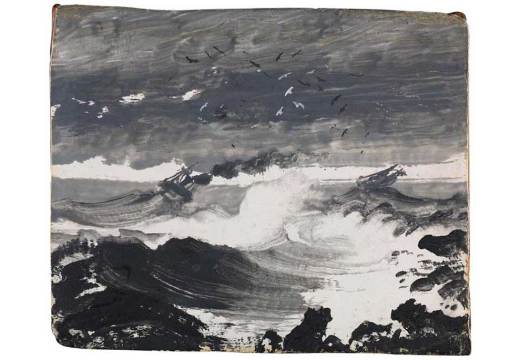
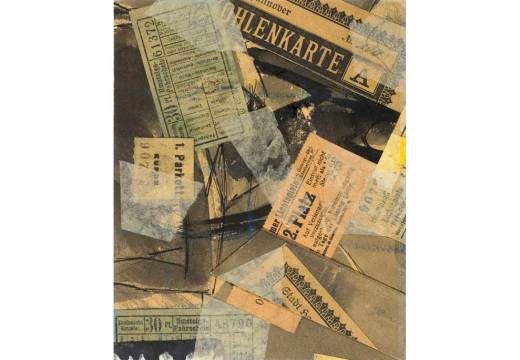
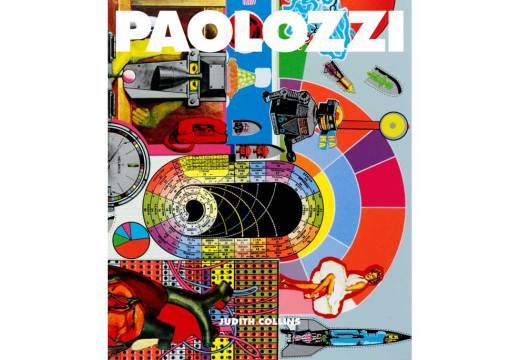








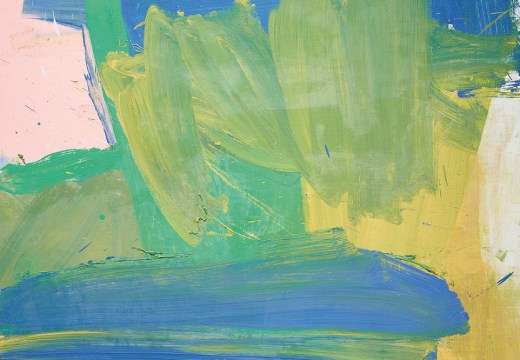
![Masterpiece [Re]discovery 2022. Photo: Ben Fisher Photography, courtesy of Masterpiece London](http://www.apollo-magazine.com/wp-content/uploads/2022/07/MPL2022_4263.jpg)
Why are fathers so absent from art history?